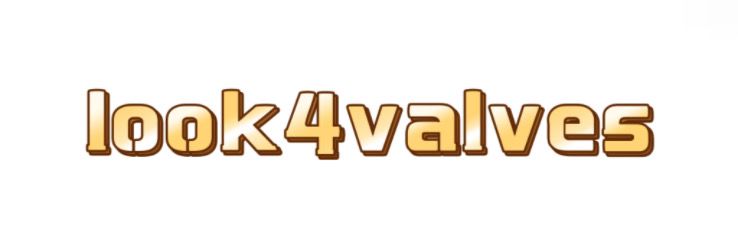10 Questions You Should Know About the Versatility and Benefits of Eco-Friendly Packaging Solutions
In recent years, the demand for eco-friendly packaging solutions has surged, driven by growing environmental awareness. To better understand this trend, we compiled a comprehensive survey to address key questions people have regarding eco-friendly packaging. Here are the 10 essential questions along with insightful answers derived from our research.
**What is eco-friendly packaging?**.
Eco-friendly packaging refers to materials that are sustainable and minimally impact the environment. This can include biodegradable plastics, recycled materials, and compostable options. The emphasis is on reducing waste and utilizing renewable resources.
**Why is eco-friendly packaging important?**.
Using eco-friendly packaging plays a crucial role in combating climate change, conserving natural resources, and reducing pollution. It helps companies demonstrate corporate social responsibility and appeal to environmentally conscious consumers.
**What are the benefits of eco-friendly packaging?**.
The benefits extend beyond environmental impact. Companies adopting eco-friendly packaging often experience cost savings, enhanced brand loyalty, and improved public relations. Furthermore, they can potentially avoid fees associated with waste disposal.
**What materials are commonly used in eco-friendly packaging?**.
Common materials include recycled paper, cardboard, bioplastics (made from renewable resources), and plant-based materials. These options not only serve their purpose but also contribute to a circular economy.
**How does eco-friendly packaging affect product shelf life?**.
The impact on shelf life varies by material and product type. Many eco-friendly materials are engineered to maintain the freshness of products while ensuring they decompose within a specific timeframe post-consumer use.
**Can eco-friendly packaging be customized?**.
Yes! Eco-friendly packaging can be tailored to meet branding needs while adhering to sustainability goals. Companies can design unique shapes, sizes, and colors using eco-compliant inks, ensuring their brand stands out without harming the planet.
Related links:How Professional Brewing Systems Transform Craft Beer?
Steam Boilers Compared: Fire-Tube vs. Water-Tube Explained
Choosing the Right Steam Boiler: Your Essential Guide
**What misconceptions exist about eco-friendly packaging?**.
A prevalent misconception is that sustainable packaging is more expensive. While some eco-friendly options may have higher initial costs, many can lead to long-term savings and benefits, thereby offsetting the initial investment.
**How can businesses transition to eco-friendly packaging?**.
Transitioning requires thorough research, assessing current packaging materials, and collaborating with suppliers specializing in sustainable options. Start small, evaluate results, and scale up the eco-friendly initiatives gradually.
**What certifications should consumers look for?**.
Look for certifications such as FSC (Forest Stewardship Council) for paper products, compostability labels like BPI or ASTM, and recycling symbols to ensure the materials are genuinely eco-friendly and safe for the environment.
**How does consumer demand shape the future of eco-friendly packaging?**.
Consumer demand is a driving force for change in packaging practices. As more consumers choose sustainable options, businesses are encouraged to innovate and adopt eco-friendly practices, leading to a market shift towards greener solutions.
As we gathered feedback from social media, industry forums, and surveys, we observed interesting trends. Over 78% of respondents believe that eco-friendly packaging enhances brand trust, highlighting its importance in marketing and customer relations. An astounding 65% indicated they would pay more for products packaged sustainably, showcasing a clear shift toward eco-conscious purchasing decisions.
Visualizing our findings, we noted that the most popular eco-friendly materials preferred by respondents were biodegradable plastics (45%), recycled paper (37%), and glass (18%). This indicates a strong favor towards materials that not only secure products but also have less impact on nature.
In conclusion, the versatility and benefits of eco-friendly packaging solutions have made them a critical component of modern business strategies. Understanding these 10 essential questions equips consumers and businesses alike to make informed and sustainable choices. As the trend continues to grow, so too will the innovation and options available, ensuring a healthier planet for future generations.
If you want to learn more, please visit our website the versatility and benefits of dispenser strapping bands, Ultrasonic welding strapping machine, Automatic banding head.



